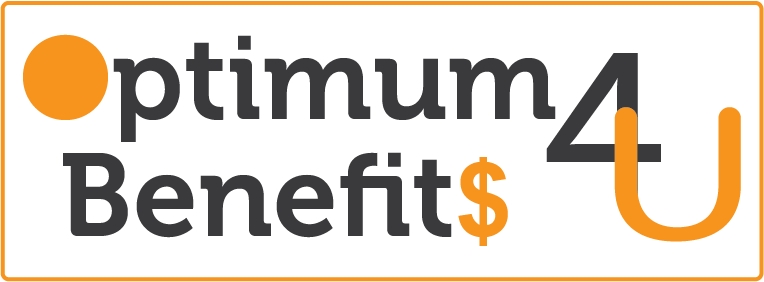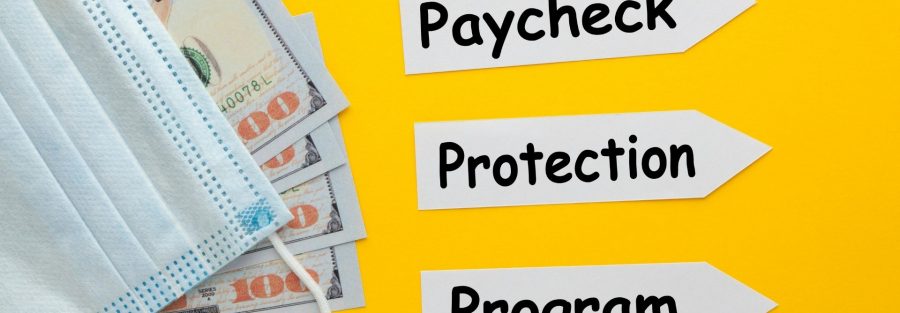What’s the Paycheck Protection Program?
Paycheck Protection Program is a loan program that originated in the Coronavirus Aid, Relief, and Economic Security (CARES) Act. Initially, the $350-billion program assigned to provide American small businesses with eight weeks of cash-flow assistance through 100 percent federally secured loans. The Small Business Administration provides financial aid to the loans (SBA). In April, the Paycheck Insurance Policy and Health Care Improvement Act were extended, increasing the overall funding to $310 billion.
The PPP is a kind of loan that small business owners living and functioning in the USA of America can use for. It is an initiative driven by the SBA that aims to fully use the $349 billion allocated to it to decrease prices and permit small companies to continue employing their staff for at least the next two months. The money which you borrow under the PPP ought to be utilized to pay employee wages, pay monthly lease, pay off the mortgage and keep up with utility bills.
Here are some quick facts about Paycheck Protection Program-related laws signed into law:
- Coronavirus Aid, Relief, and Economic Security (CARES) Act: Established the PPP on March 27, 2020 ($349 billion)
- PPP and Health Care Enhancement Act: Gave the app a surge of additional capital ($310 billion) on April 24, 2020
- Consolidated Appropriations Act (the Act): Established PPP 2.0 ($284 billion) and expanded the PPP on December 27, 2020; the percentage relating to the PPP and other small business support is also called the Economic Aid to Hard-Hit Small Businesses, Nonprofits, and Venues Act.
How do I know if I’m qualified?
- Sole proprietorships will need to submit a Schedule C out of their tax return filed (or to be registered) showing the internet profit in the sole proprietorship.
- Independent contractors will have to submit Form 1099-MISC (now 1099-NEC at 2020) along with their own Schedule C.
- Have to submit payroll tax filings reported on the Internal Revenue Service.
- You’re a small, nonprofit, or a Veterans Organization located in the United States.
- You’ve got Fewer than 500 employees.
- Your Business has been negatively affected by COVID-19, and also the present Uncertainty makes it difficult to conduct your business.
- You need this loan to keep your business out of debt.
PPP loan – highlights:
The next is a high-level overview of this PPP loan Program, which we will cover in more detail in the remainder of this article.
- All small businesses are eligible (expand on what is the definition of small businesses)
- The loan has a maturity rate of two decades and a rate of interest of 1 percent.
- Loans made after June 5, 2020, are valid for a duration of five decades.
- The loan covers costs for 24 months starting from the loan disbursement date
- No need to generate loan payments until either your forgiveness application is processed, or even 10 weeks after your 24-week covered period ends
- No collateral or personal guarantees required
- No fees
- The loan can be forgiven and essentially turn into a non-taxable and can allow.
Who can use it?
Small companies with 500 or fewer employees who are eligible for additional SBA 7(a) loans can make an application for a PPP loan. Again, small businesses with 300 or fewer workers are able to apply for another PPP loan. This includes:
- Firms
- Self-employed individuals
- Independent contractors
- Sole proprietorships
- Veterans associations
- Tribal businesses
- Housing cooperatives
- Media organizations
At least 60% of those PPP loans must be used to fund payroll and employee benefits costs.
The remaining 40 percent could be spent
- Rent and lease payments
- Utilities
- Operations expenditures such as applications and Accounting needs
- Property damages costs due to public disturbances not covered by insurance
- Supplier costs such as cost of goods sold
- Worker protection expenditures to be COVID compliant
New eligible expenses
All PPP loans can be used on the following approved expenses:
- Operations expenses such as invoicing and accounting software (an online bookkeeping service)
- Property damage costs due to public violence not covered by insurance
- Supplier costs such as work materials
- Emergency equipment to be COVID-complaint
What’s the Advantage of This Paycheck Protection Program?
This program is intended to help Americans remain employed and keep their wages. As its name suggests, this is really a payroll-focused program. The payout you get will be determined by your average monthly payroll cost multiplied by 2.5. If you’re using the 24-week timeframe and claiming 2.5 months of Owner Compensation Replacement (OCR), the SBA appears to expect you to use the ten weeks of OCR over the entire 24-week period.
Under the PPP, your payroll cost could include your wages expenses and health insurance premiums. The biggest benefit of the system is it may be nearly completely forgiven. You don’t need to pay tax on any area of the loan being forgiven (meaning that the loan becomes a tax-free grant).
If you keep your payroll expenses compatible with what they were before the COVID-19 pandemic, including the salary paid and the number of employees paid, you could be eligible to have those debts forgiven from your loan amount, as well as certain other expenses such as rent and utilities.
However, it is necessary to note that you cannot receive both Unemployment Benefits and a PPP loan at the same time. Because you may use the PPP capital to cover yourself throughout the Owner reparation Replacement, you’re going to be considered as completely covered during the 8-week insured interval if you utilize that interval. Unemployment benefits wouldn’t be applicable to you.
Third Wave of Paycheck Protection Program Loans:
What You Need to Know to Get Financial Relief
More financial relief may finally be within reach for organizations suffering from the economic impact of the COVID-19 pandemic. The Consolidated Appropriations Act (CAA) of 2021, signed into law on December 27, 2020, created the third round of funding for the Paycheck Protection Program (PPP). Through $284 billion made possible, the newly secured funds come with relaxed guidelines that make it easier for smaller businesses and previously excluded individuals to obtain a PPP loan. Besides, organizations that received funding in the first or second round of the PPP may now be eligible to secure a follow-up loan.
In the following, we explain the updated PPP loan terms and conditions and how to fast-track potential loan forgiveness.
Third Wave of Paycheck Protection Program Relief
After the second wave of PPP credits ran dry in August of 2020, Congress moved to fund the popular relief program for a third, and probably final, time. Within the larger CAA bill, the Economic Aid to Hard-Hit Small Businesses, Nonprofits, and Venues Act maintained up to $284 billion for PPP loans available through March 31, 2021.
- A second PPP loan for small businesses that previously used their first PPP loan (“Second Draw Loan”)
- A first PPP loan for small businesses that did not get a 2020 loan (“First Draw Loan”)
- An increase to the amount of 2020 PPP loans to account for expanded qualifying expenses and conditions (“increased Draw of 2020 PPP Loans”)


